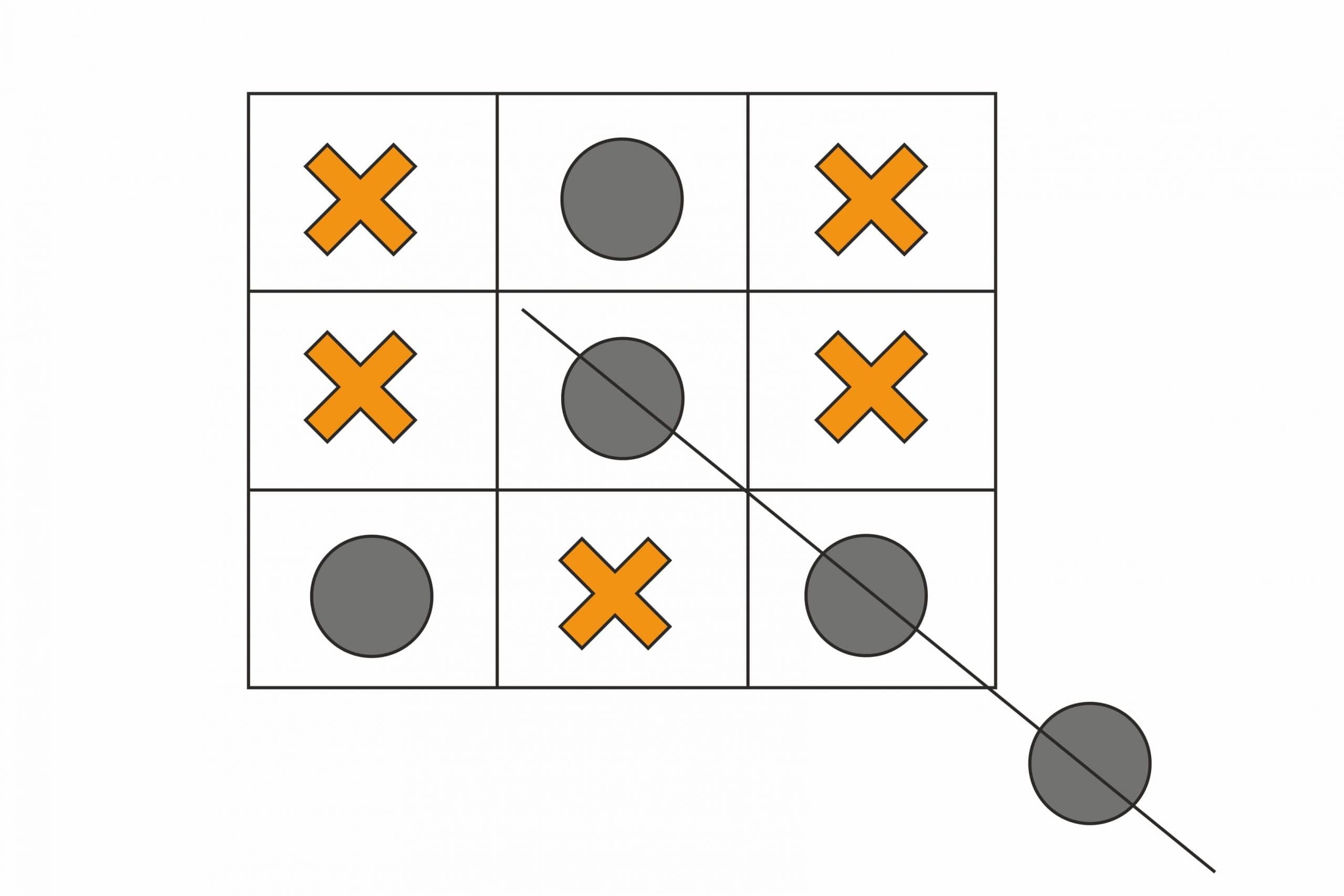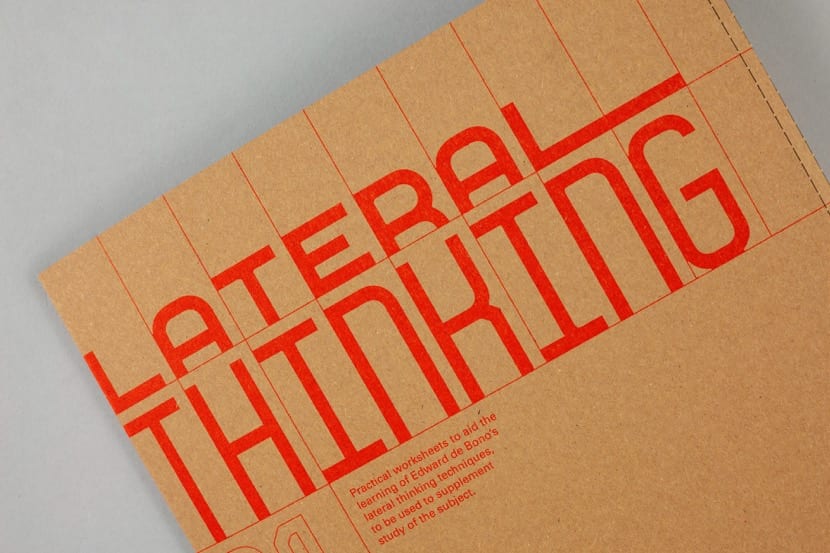
Lateral thinking is a creative way of solving problems that we all have if we develop it. If you've ever heard vertical thinking, on the other hand, it refers to the logical and more traditional way of solving problems.
But today we are going to focus on lateral thinking since it is the one that can bring you the most benefits both in your personal and professional life.
The logical mind and lateral thinking
In any logic there are rules that must be followed in order to reach the goals, for example, if you want to win at chess you have to follow the rules of the game. Or if you want to cook a recipe, you will have to follow the steps of it to get a good result and enjoy the dish. But what exactly are those missing "pieces"? Those rules or "pieces" are assumed to be there, to exist, and to be known to get good results at all.

It is assumed that they excite different perceptions, concepts and limits that must be followed in life so that everything has meaning and there is a certain harmony. Lateral thinking refers not to playing with existing pieces, but to seeking change in those same pieces. Lateral thinking deals with the perception of part of the thought. This is where we organize the external world into pieces that we can then "process".
Edward de Bono
A healthy human brain does not always want to be creative, it is designed to figure out how to do things or how to think about them and then "locks" that automatic response or behavior in a subconscious process so that the conscious brain can focus on other things if it needs to. , saving time and energy. If you haven't heard of Edward de Bono or Lateral Thinking maybe you've been too busy thinking conventionally.
Edward de Bono is a prolific writer, Maltese psychologist, graduated from Oxford University. He is the father of lateral thinking. He developed lateral thinking techniques so that people were able to overcome the natural proclivity that causes the brain to lock into patterns or habits and thus allow us to be more creative in thinking. It is a way to develop creative and innovative ideas, by anyone who wants to do it!

Lateral Thinking Techniques
Lateral thinking is a set of processes that provides a deliberate and systematic way of thinking creatively that results in innovative thinking in a repeatable way. While critical thinking is primarily concerned with judging the true value of statements and looking for errors. Lateral thinking is more concerned with the "movement value" of statements and ideas. A person uses lateral thinking to move from a known idea to creating new ideas. Four main categories of lateral thinking tools are defined:
- Idea-generating tools: current thought patterns are released into their current tracks.
- Focusing tools that open the mind to new possibilities in search of new ideas.
- The harvesting tools that help maximize value they are received from the idea that generates results.
- The treatment tools that underpin the creativity process they make wild ideas conform to real-world constraints, resources, and support.
Often times, trying to think more in the same direction may not be as helpful as changing direction in thinking. Effort in the same direction will not necessarily help you achieve the goal, sometimes you have to change your perspective and your whole thinking in order to move forward. Lateral thinking deliberately departs from "vertical" or logical thinking (the classical method of solving problems: solving the solution step by step from the given data) or "horizontal" imagination (has many ideas but does not care about the detailed implementation of them for deferring judgment).

When can it be used
Lateral thinking is great for problem solving. Often times when you are problem solving or designing something, there can be an obvious answer. If the issue is important, it may be beneficial for a small amount of time to use lateral thinking to discover alternative ways to define the problem and begin to think about it in a broader sense. You can train the brain to be more creative and discover better solutions to known problems.
To find new approaches
The way you do everything in your life or business may be the best possible way to go about it, but it's not likely. Whether you've created a way of doing things for yourself or have been told "this is the right way to do it," there are likely other ways to do those things more effectively and efficiently.. By using lateral thinking techniques to find new ways to improve yourself and your business, you can achieve your goals.
For innovation
Every inventor or creative will have to focus their creativity towards the invention process, whether it is a patentable invention or a mobile application, sometimes they will be thinking of a "blank page" state, not just of improving what is already invented. Lateral thinking helps thinkers be more proactive and confident in their thinking. When solving a problem that is not yet known, lateral thinking can help you choose the starting point.
Do you control your lateral thinking?
Using lateral thinking does not have to take more than two minutes. You try to see things in a different way. You try to find a new approach or a new concept. And if you are unsuccessful, just leave it then and go on with the usual way of doing things. It doesn't matter how short the time allotted for lateral thinking is. The important thing is that you allocate some time.
Taking thirty seconds every now and then is much more helpful than having a long creative session. Like many things in life, if you want to improve it you need to work on it. Practice makes a master!